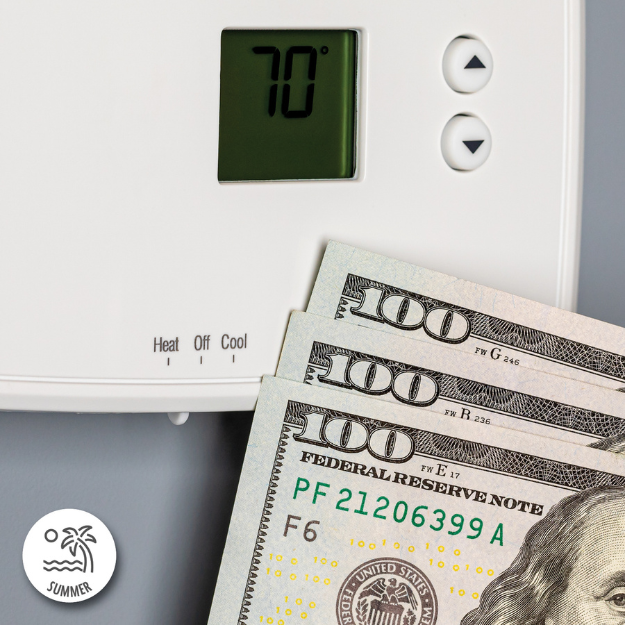How to Set SMART Financial Goals (and Actually Reach Them!)
Setting goals for your money might sound boring, but it’s like creating a game plan to get what you want and feel awesome while doing it. Whether you’re saving for new sneakers, a new phone or your future, using the SMART goals system can help you get there. SMART goals aren’t just “smart” (like genius-level smart)—it’s a simple way to make your goals clear and achievable. Let’s break it down!
What are SMART goals?
SMART stands for:
S – Specific
M – Measurable
A – Achievable
R – Relevant
T – Time-bound
These five steps will turn any big idea into a goal you can actually reach. Let’s see how it works!
1. S is for Specific
First, make your goal as clear as possible. Don’t just say, “I want to save money.” Instead, get specific, like: “I want to save $50 for a pair of headphones.” Being specific helps you know exactly what you’re working toward.
2. M is for Measurable
You need to know when you’ve hit your goal, so give it a number you can measure. In this case, your goal would be to save $50. You can track your progress—$10, $20, $30 … all the way to $50!
3. A is for Achievable
Make sure your goal is realistic. Can you really save $50 in a few weeks? To find out, check how much you earn from allowances, chores or part-time work. If you earn $10 a week, and can put all your earnings into savings, saving $50 is possible in 5 weeks. If that feels too long, think about smaller goals—like saving $20 first.
4. R is for Relevant
Is this goal important to you? Saving for something you care about makes it easier to stick to your plan. Ask yourself: Why do I want these headphones? Will they make me happy? If the answer to the second question is yes, you’ve got a goal worth chasing!
5. T is for Time-bound
Set a deadline for your goal. Deadlines keep you on track and give you something to target. For example: “I’ll save $50 in 5 weeks.” Now you have a finish line — and a game plan!
How to reach your SMART goals
Here are some tips to make it easier:
- Break it down: If saving $50 feels big, focus on saving $10 at a time.
- Track progress: Use a savings chart or a jar to see your money grow.
- Cut back on spending: Skip small things like snacks or apps to save faster.
- Earn more: Ask for extra chores or find ways to make money (like walking a neighbor’s dog).
Setting SMART financial goals is like creating a map for your money. By being Specific, Measurable, Achievable, Relevant, and Time-bound, you’ll know exactly what you’re saving for, how to do it and when you’ll get there. Start small and stay focused—you’ve got this!




















